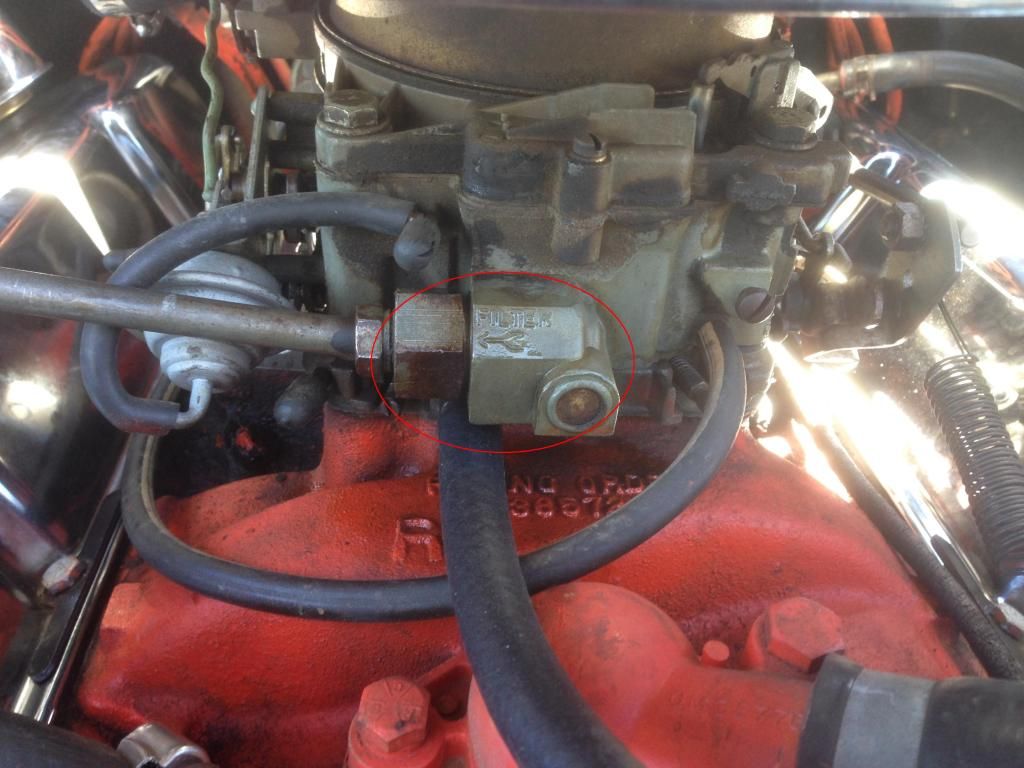Got a small fuel leak. Looks to be coming from inbetween the large flange nut and where it mounts to the carb (fuel filter marking). You can see the top of the manifold where it is wet.
Tried to tighten the smaller flange nut on the left but its pretty tight. Didn't want to mess with the larger one until I educated myself here.
Is there really a filter in there? Wondering if this setup was modified and changed since an inline cant filter is located to the left if you follow the line to the left a couple of feet.
Is there an o-ring or gasket that could have gone bad? Just looking for some guidance here on what to do. Thanks in advance!
![Image]()
Tried to tighten the smaller flange nut on the left but its pretty tight. Didn't want to mess with the larger one until I educated myself here.
Is there really a filter in there? Wondering if this setup was modified and changed since an inline cant filter is located to the left if you follow the line to the left a couple of feet.
Is there an o-ring or gasket that could have gone bad? Just looking for some guidance here on what to do. Thanks in advance!








